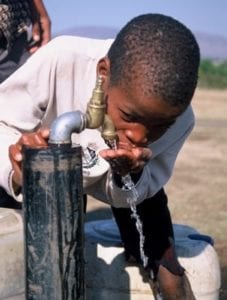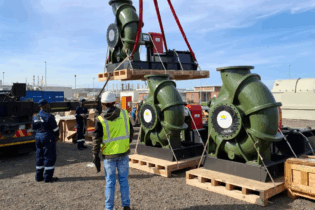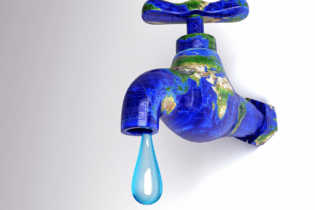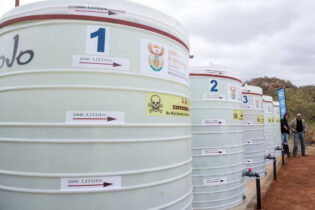
“DWS reviews its prices annually. This is important to ensure that water users are not confronted with sudden huge price increases, as happened with electricity. “Mike Muller
Water increases a necessary “evil”
The process of reviewing water tariffs is necessary according to Professor Mike Muller, a visiting Adjunct Professor at the Wits School of Governance and a Commissioner of South Africa’s first National Planning Commission. “DWS reviews its prices annually. This is important to ensure that water users are not confronted with sudden huge price increases, as happened with electricity, “explains Muller“The Revised pricing strategy continues with this approach. The main difference is that, in future, farmers will be required to pay the full operational costs of providing water from government schemes (they have been enjoying a subsidy until now). This is appropriate since water is increasingly scarce and farmers should at least pay for the maintenance of the schemes which supply them. On Vaalharts, for instance, the maintenance backlog now amounts to billions of rand.”
The guidelines follow a three-tiered model, with the first tier providing free water for the poor, the second tier providing water at a reduced cost and the third tier will be for those who can afford water and may need to reduce their usage. “We are hoping that through these guidelines those who can’t afford to put food on the table are not burdened by water tariff increases and those who can afford to pay the increases don’t hide behind those who can’t,” Khumalo explains.






